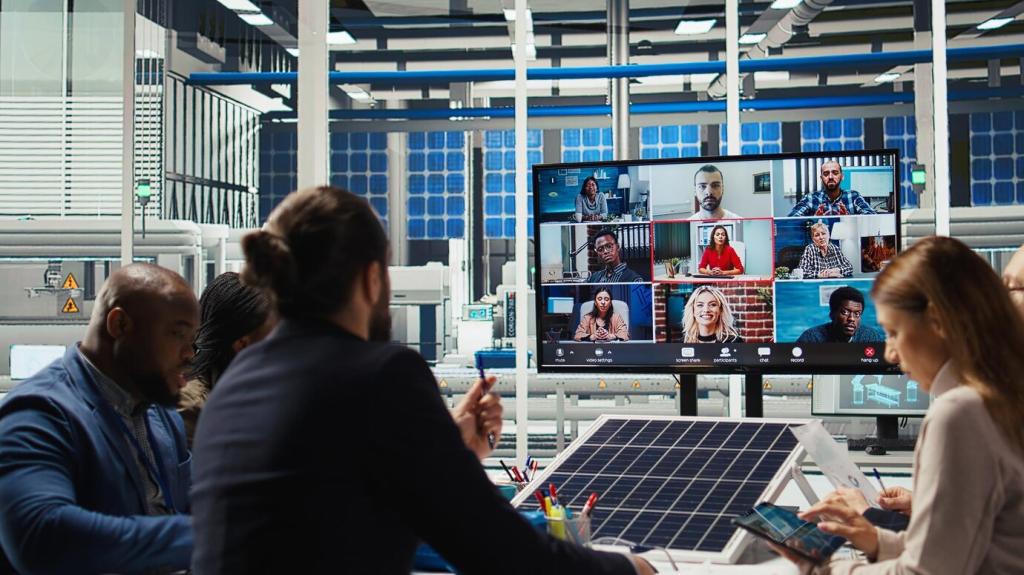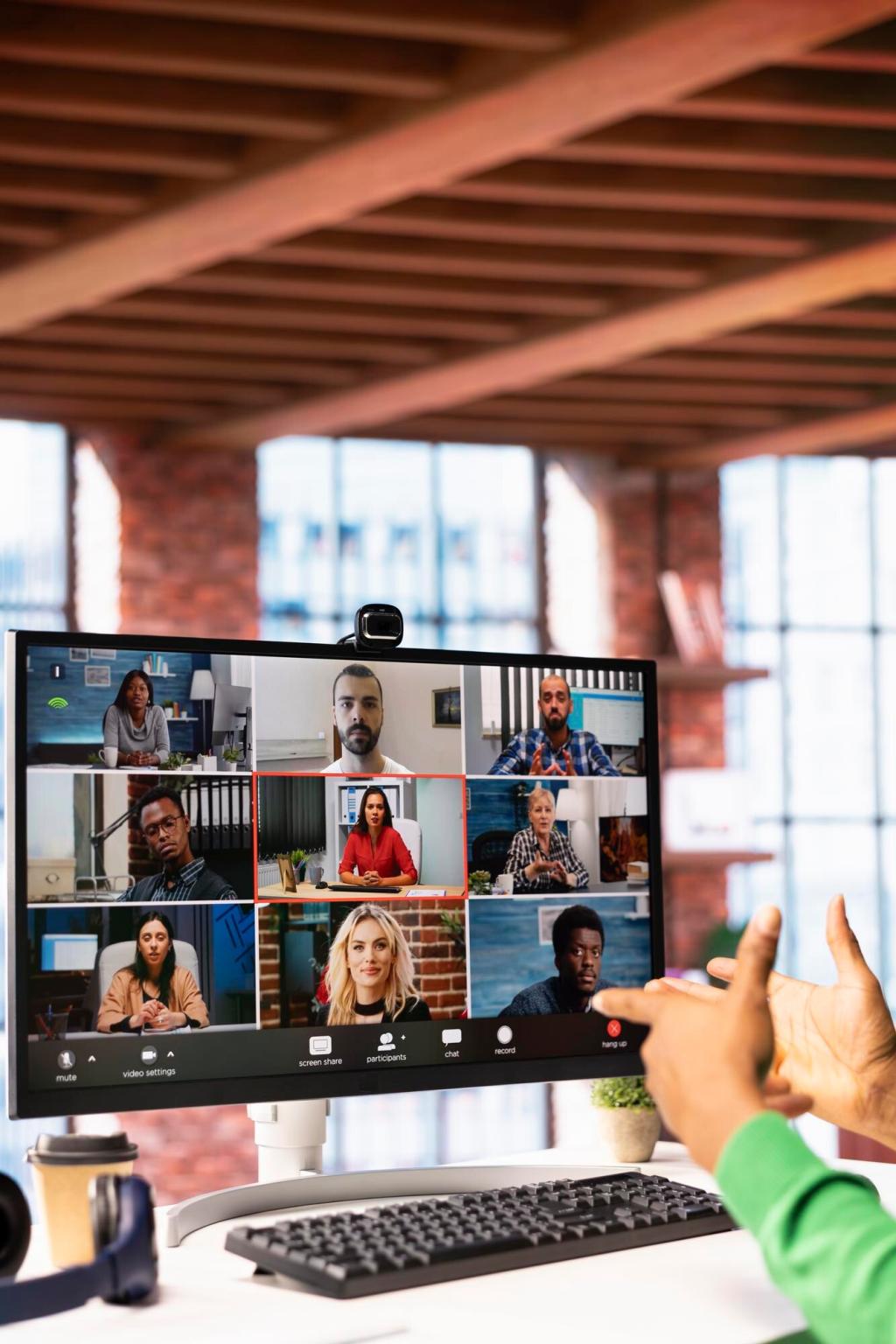
Effective Communication Techniques for Remote Networking
Mastering effective communication is essential for thriving in remote networking environments. As interactions shift online, professionals must intentionally leverage digital tools and interpersonal strategies to foster meaningful connections. This guide explores essential communication techniques tailored to remote networking, ensuring you can build rapport, establish credibility, and drive collaboration, regardless of physical distance.
Previous slide
Next slide



Previous slide
Next slide
Mastering Written Digital Communication
Structuring Emails Effectively
Well-structured emails command attention and make your requests easy to process. Open with a clear subject line and a courteous greeting, then arrange content logically—outlining the context, your main points, and any calls to action. Close with a professional signature and, where appropriate, an invitation for the recipient to respond with questions or feedback. Structured emails show respect for your contact’s time and simplify ongoing communication.

Navigating Cultural Differences
Different cultures have varying norms for directness, formality, and the use of nonverbal cues. Researching your contact’s background—either independently or by asking thoughtful questions—enables you to tailor language and approach appropriately. Taking the time to adapt shows respect and opens lines of communication that may otherwise remain closed due to unintentional faux pas.


Establishing Your Digital Presence
Complete, up-to-date profiles on professional networks like LinkedIn or industry-specific platforms signal that you are engaged and approachable. Use a professional photo, clear summary, and detailed experience outlining achievements. Regularly revisiting and refining your online presence ensures you present the most compelling version of yourself to both new and existing contacts, enhancing initial trust and interest.
Take the initiator role by starting discussions around trending topics, shared challenges, or recent developments in your field. Pose open-ended questions or solicit feedback, encouraging contributions from diverse members. Initiating dialogue not only raises your profile but also enriches the community’s collective knowledge, creating memorable networking touchpoints with new and existing contacts alike.
